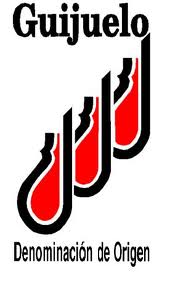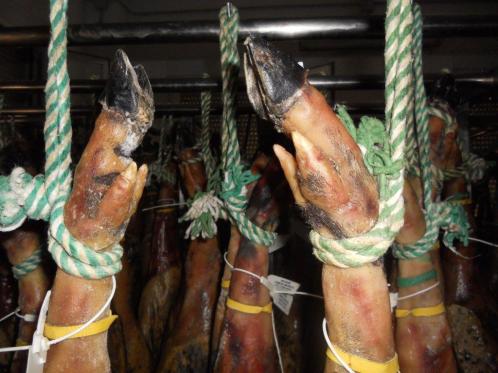In our last post we have talked about spanish Denomitaions of Origin (D.O.). Today we will try to explain what it is and the specific Denomitions of Origin related to Iberian ham.
The “Denominación de origen” certification (D.O. certification) is part of a regulatory classification system primarily for spanish wines, foodstuffs like condiments, meats and cold meats, among many other products. In foods it performs a similar role, namely regulation of quality and geographical origin among Spain’s finest producers. There are five other designated categories solely for wine and a further three specifically covering food and condiments, all recognised by the Eureopean Union (EU) as a sign of quality.
The Spanish Ministry of Agriculture, Fisheries and Food (MAPA – Ministerio de Agricultura, Pesca y Alimentación) regulates the quality of Spanish foodstuffs via a labelling system which establishes, among other things, a Denominación de Origen for the country’s highest quality produce. A semi-autonomous governing body (Consejo Regulador) exists for each region and for each food type, comprising skilled, impartial members who investigate the quality, ingredients and production process of each product, ensuring they attain specific quality levels. They report to a central council at national government level but are normally based in the largest population centre of a given region and are responsible for enforcing its geographical limits. Products labelled Denominación de Origen, apart from being of superior quality, are expected to carry specific characteristics of geographical region or individual producer and be derived from raw materials originating within the region. Like most of these designations, a fundamental tenet of a DO label is that no product outside of that region is permitted to bear the name.
As we have said before there are four recognised Denominations of Origin for iberian ham (Jamon de Guijuelo, Jamon de Huelva, Jamón de los Pedroches y Dehesas de Extremadura). The oldest one is Guijuelo D.O. This region got this honor due to its hundred-year-old activity in producing top quality iberian hams and shoulders and it supposed the recognition to offering the highest quality in these products. Its official web site is:
D.O. Guijuelo
 For more information about Denominations of Origin you can visit this site:
For more information about Denominations of Origin you can visit this site:
Wikipedia: jamón ibérico



